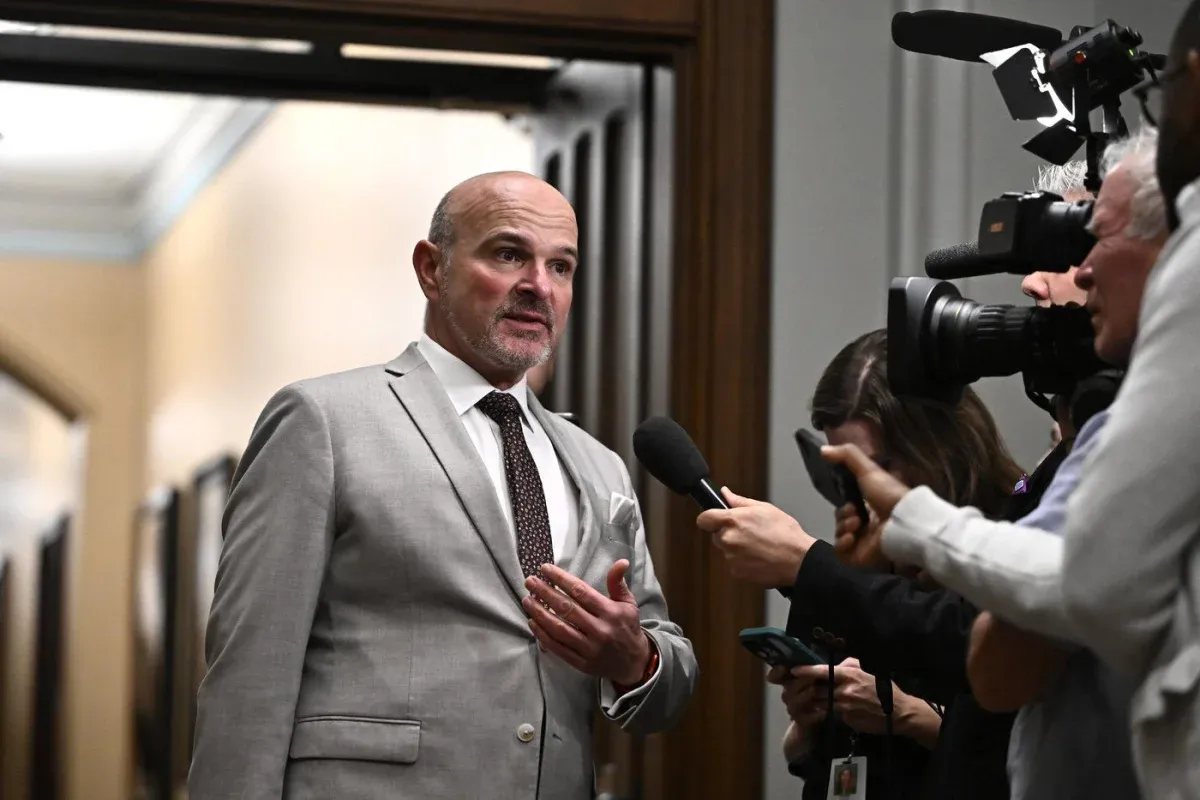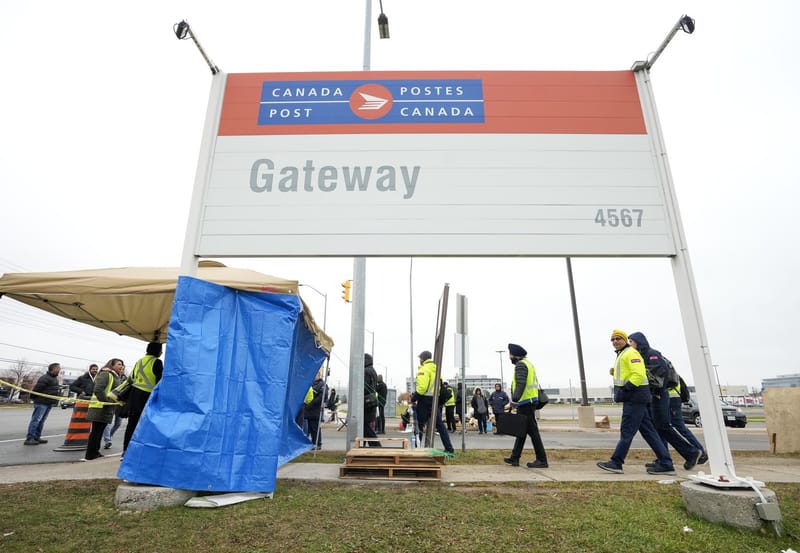Minimum wage for higher-paid temporary foreign workers expected to increase
The federal government is expected to boost the minimum hourly wage that must be paid to temporary foreign workers in the high-wage stream as a way to encourage employers to hire more Canadian staff.

The federal government plans to raise the minimum hourly wage required for temporary foreign workers in the high-wage stream, aiming to encourage businesses to hire more Canadian employees.
Currently, under the high-wage labour market impact assessment (LMIA) stream, employers must pay at least the provincial median wage to obtain a permit. However, according to a government official—who spoke on condition of anonymity since they are not authorized to disclose the information—Employment Minister Randy Boissonnault will announce on Tuesday that this threshold will increase to 20% above the provincial median wage.
The change will take effect on November 8.
This adjustment is part of the government’s broader efforts to incentivize hiring Canadian workers. The Liberal government has been criticized for expanding the number of temporary residents, which some argue has contributed to housing shortages and rising living costs. The Temporary Foreign Worker program has also faced scrutiny over allegations of worker mistreatment.
Employers must obtain an LMIA to hire temporary foreign workers, proving that no Canadians are available to fill the job. In Ontario, where the current median hourly wage is $28.39, employers will need to pay at least $34.07 per hour once the new rules are implemented.
The government estimates that the change will affect up to 34,000 workers under the LMIA high-wage stream. While the new threshold won’t impact existing work permits, it will apply to renewals.
Public data from Immigration, Refugees and Citizenship Canada shows that 183,820 temporary foreign worker permits became effective in 2023—an 88% increase from 98,025 in 2019.
This wage increase is part of a series of recent measures aimed at tightening eligibility criteria to reduce the number of temporary residents, including international students and foreign workers. Other changes include caps on the percentage of low-wage foreign workers in specific sectors and the elimination of permits in urban areas with high unemployment.
Temporary foreign workers in the agriculture sector remain exempt from these restrictions.





